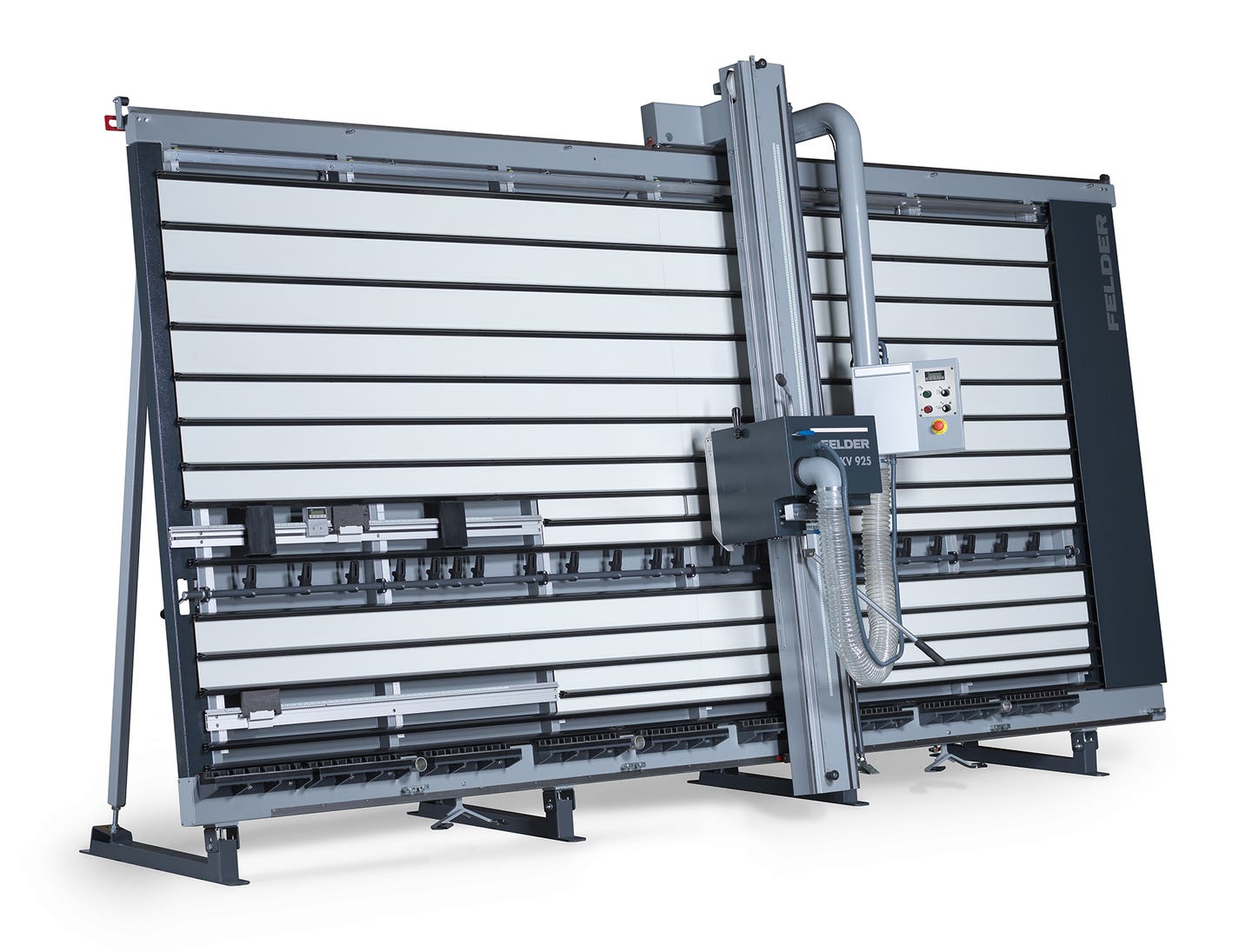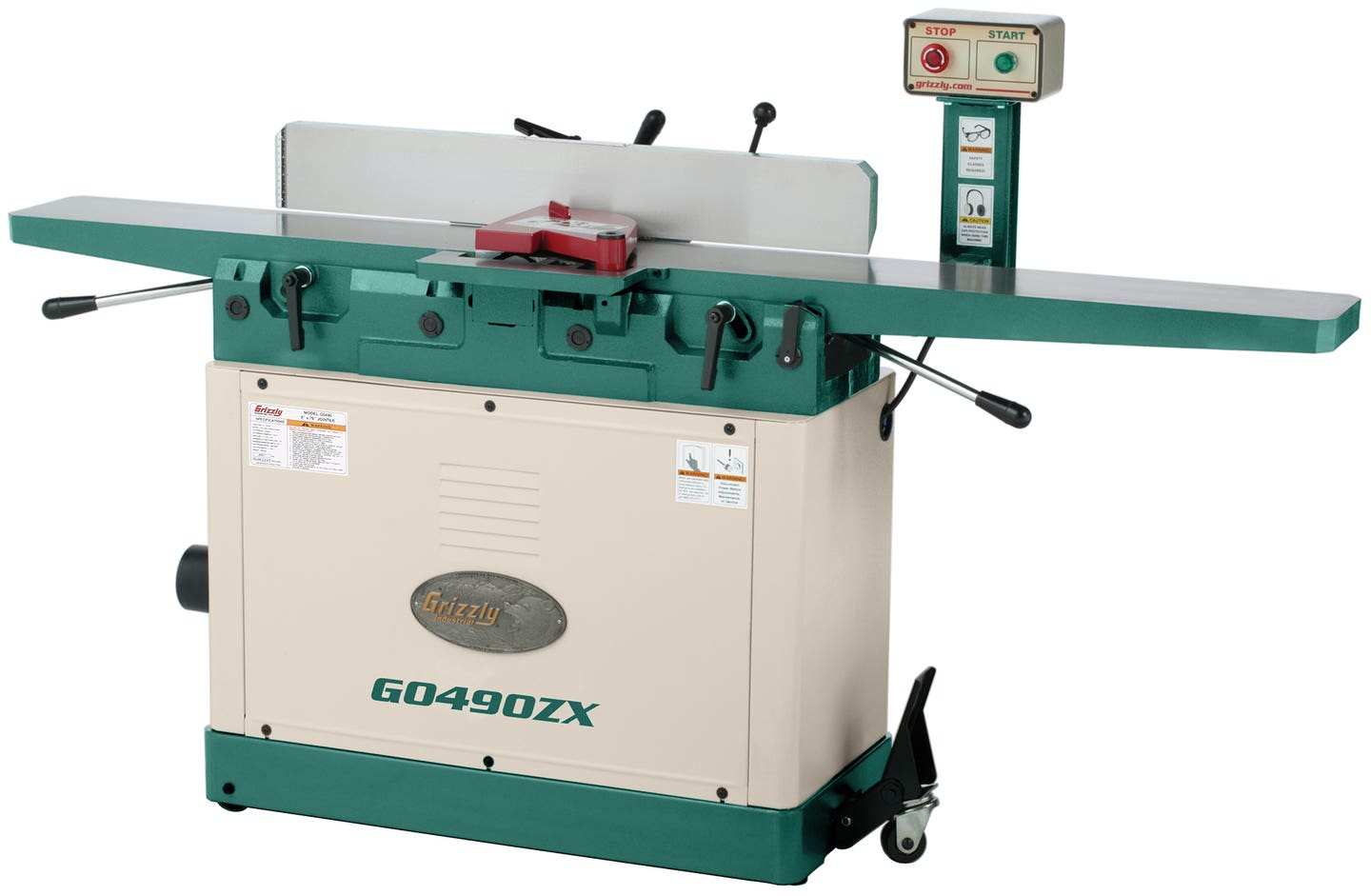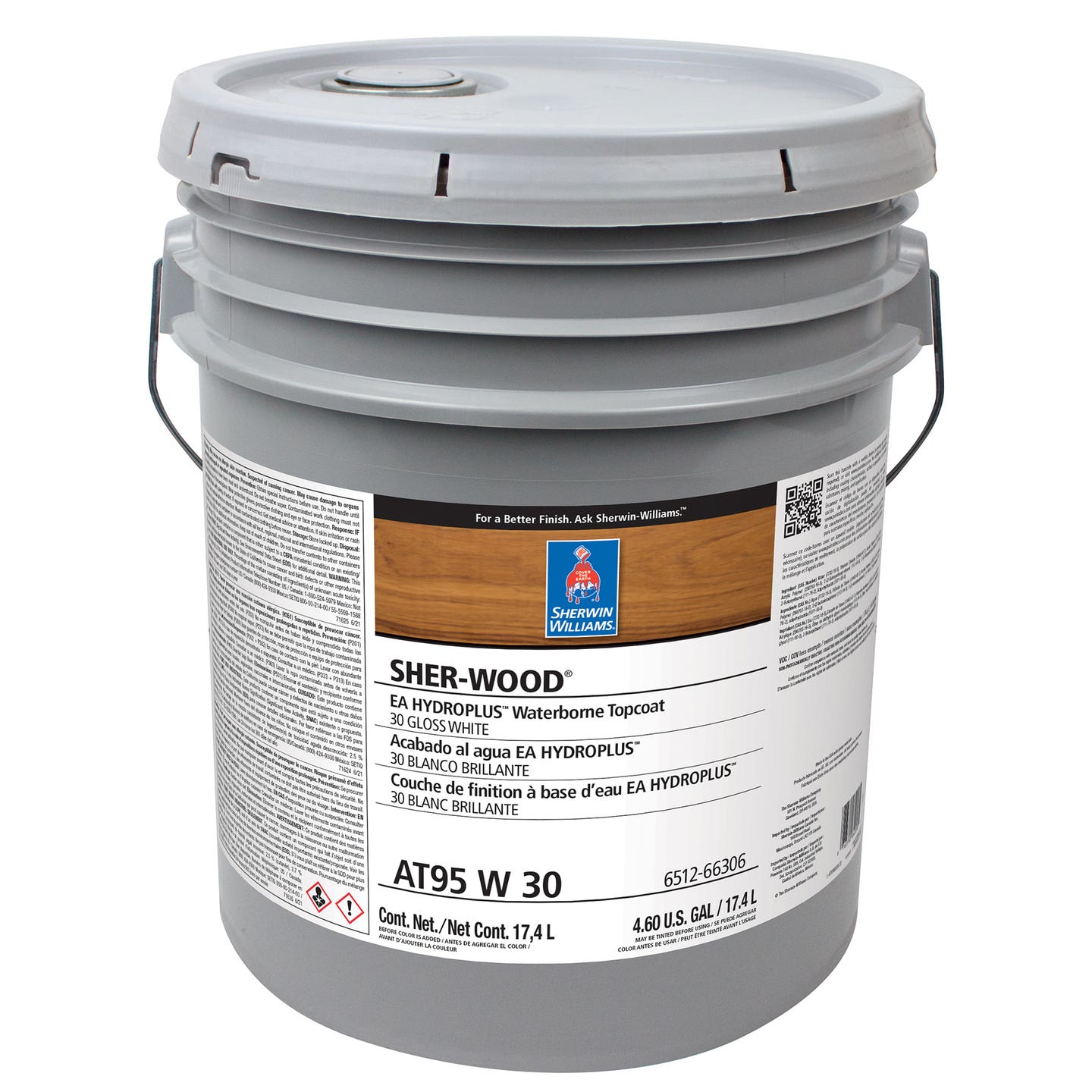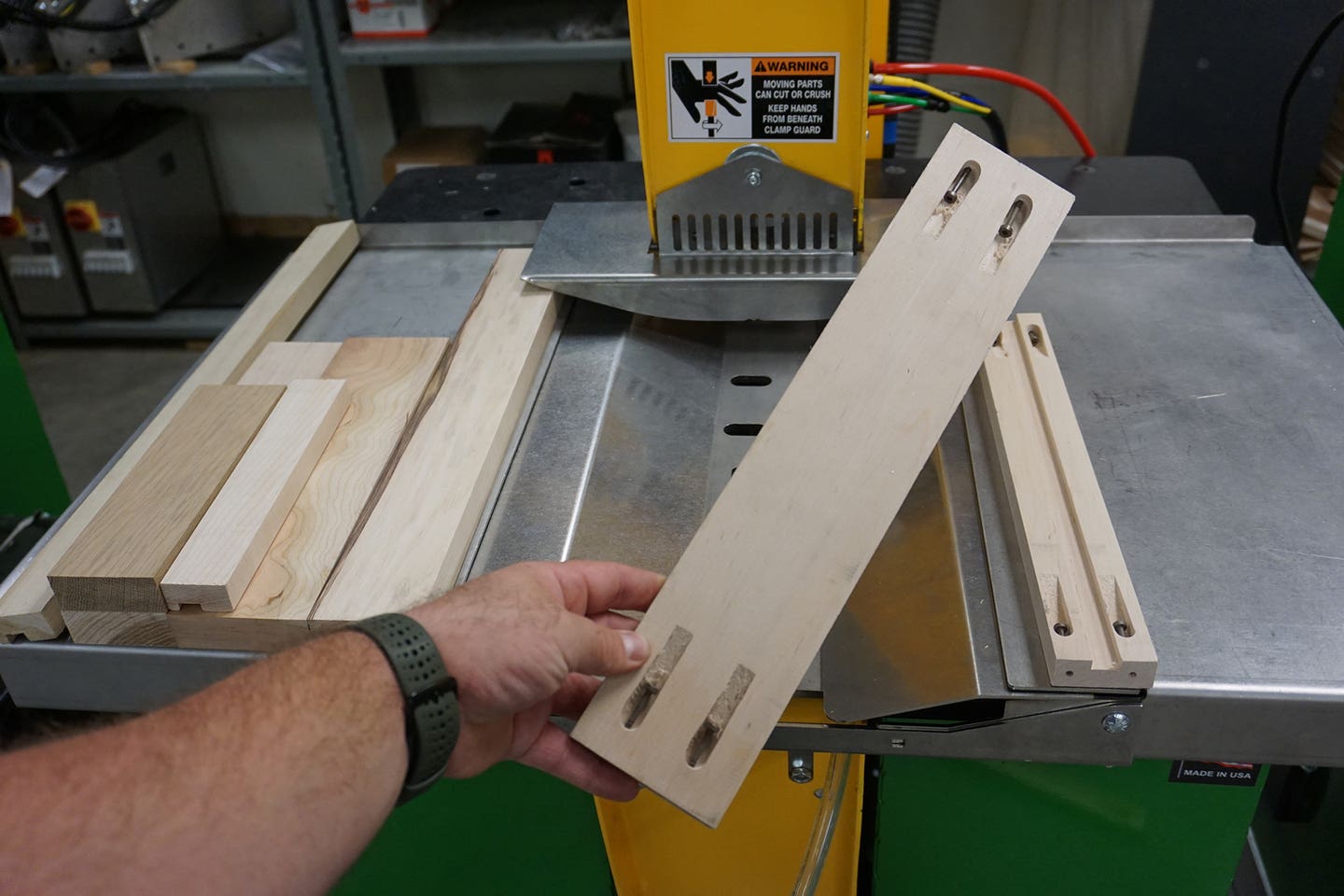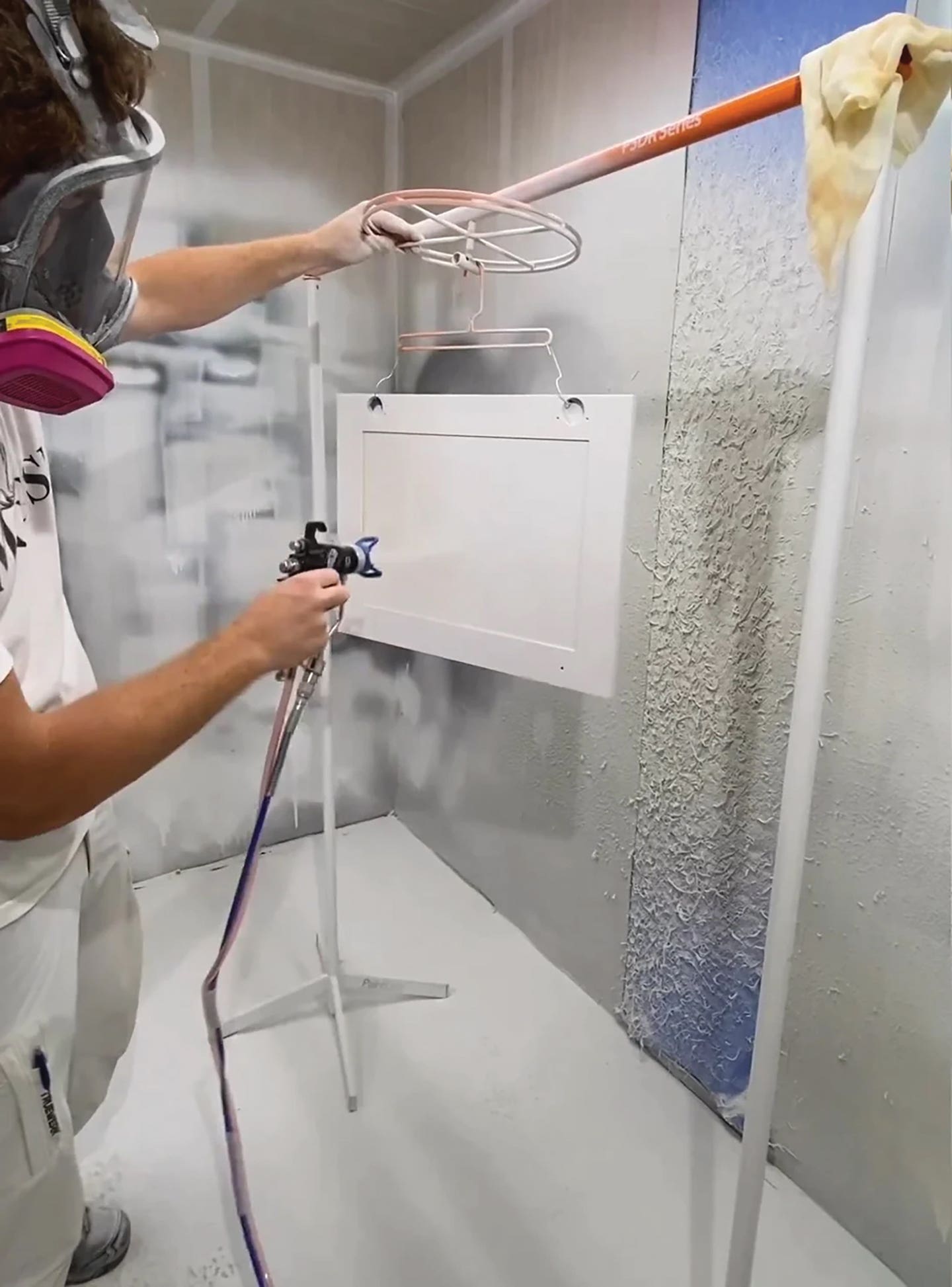Joinery options
Joinery used to mean hand-shaping components so they would interlock, and then sealing the deal with glue. Today, casework is more about mechanics and hardware.
Joinery used to mean hand-shaping components so they would interlock, and then sealing the deal with glue. Today, casework is more about mechanics and hardware. For furniture builders, an affordable machine such as the PantoRouter, Shaper Origin, or Festool Domino can create traditional joints (mortise and tenon, dovetails) faster and more accurately than woodworkers using hand tools. For cabinetmakers, a vast array of plastic and metal connectors can take assembly speeds to a whole new level. There are so many hardware options that woodworkers can usually find one to work with existing equipment.
But hardware choices alone won’t speed up production. The shop must also have the staff and equipment to keep up with a faster pace. Indeed, the current labor shortage may be reason enough to look at dedicated new machines that help automate the joinery process and take advantage of connector innovations.
Mechanical connectors
The biggest advantage to choosing metal or plastic dowels and biscuits is that they can transform joints from being fixed and permanent to being knock-down. This lets the shop build ready-to-assemble (RTA) cabinets and furniture that can be popped together on the jobsite, and that requires a much smaller truck. A couple of pallets of flat-packed parts take up a lot less physical space than an entire, fully assembled kitchen. It’s also a lot easier to remove individual flat parts from a pallet and manipulate them up flights of stairs, around corners, through doorways, and even into small passenger elevators. And if something isn’t quite right during assembly, it’s a lot simpler to send somebody back to the shop with one or two parts to remake. There’s no need to transport a complete glued-up cabinet and then tear it apart back at the shop, just to make a simple repair or adjustment.
For shops that are currently milling pockets or drilling holes for wooden dowels or biscuits, the transition to metal or plastic knock-down fittings is straightforward. The new connectors can occupy the same holes or pockets, so the setup is already done. Plus, the shop already owns the right tooling. Many of the new connectors don’t need to be glued, and that cuts down on assembly time because there’s no need to wait for glue to cure between steps in the joinery process. Some use mechanical expansion, so locking the joint just takes a couple of turns with an Allen key.
There are a couple of choices when it comes to upgrading automation for this type of joinery. Woodshops that own a 3-axis CNC might look at adding an aggregate head, or they might want to explore the option of adding a dedicated joinery machine. While a standard CNC can mill from above, an aggregate head adds the option of approaching the work from the side. That ability means both facets of a 90-degree joint can be milled simultaneously. For example, the aggregate can plow a recess in the edge of one part and the face of another, without moving the part. This simple geometry can revolutionize the pace of assembly, while simultaneously reducing the manpower required. A 5-axis machine can perform the same function, but those are often beyond the budget or the needs of small woodshops.
But there are some stand-alone joinery machines that might be worth considering, and here’s a quick look at a few of them.
Joinery machines
While there are several combination machines available that perform traditional functions (sawing, planing and shaping), there are also a few machines that only perform specific joinery tasks. Unlike multi-function machines, they don’t reduce large sheets or run miles of moldings: their primary function is milling mortises, pockets, holes and ‘mouths’ (the crescent-shaped hole for a biscuit) for joinery hardware.
The SmartShop J from Laguna Tools (lagunatools.com) can rout several types of standard joints in the edge of materials, from classic and floating mortise-and-tenon joinery to lockset and hinge mortising, and finger joints. It can also drill and dowel for plastic and metal connectors at impressive speeds. The J comes with a 4.5-hp air-cooled spindle, Delta servo motors and drivers, a central lubrication system, pneumatic positioning pop-up pins, and a DSP hand-held control system.
The Class TF 130PS is a smaller footprint tenoning and profiling machine from SCM Group (scmgroup.com). Looking like a shaper with its fence mounted sideways, it comes with a sliding carriage, a tilting telescopic fence, and a protection hood with a dedicated armguard for safety. The operator can make dimensional adjustments quickly, thanks to a handwheel on the front of the machine that’s paired with a mechanical readout. The spindle molder fence has mechanical programming, which speeds up setups. There’s no need for test runs because it has digital readouts that ensure accuracy to a tenth of a millimeter, when positioning the two worktables. Spindle speeds run from 3,000 to 10,000 rpm, and the machine has an 11-hp, 3-phase motor.
Stiles Machinery (stilesmachinery.com) carries three Unique brand coping machines that are essentially safe and efficient shapers for the ends of parts. There are single and double versions, and right and left. A scrapwood backing piece can be used to reduce tearout, as the cut is across the grain. However, that’s not a production volume solution, and Unique recommends either purchasing both basic model 265 right and left machines, or the 310GT double cope machine for long runs.
Biesse (biesse.com) offers a range of drilling machines that perform boring, milling, pantographing, and hardware insertion on panels. Among them is the Brema Eko 1.1, an automatic vertical machine that Biesse describes as a perfect entry-level solution for manufacturing small batches, and for users requiring flexible just-in-time production. Basically, it’s offers lots of machining operations including milling, drilling, and grooving for joinery. There are two larger versions in the line: the Brema Eko 2.2, and the Vektor 15, which can also insert connectors.
The Drillteq D-510 from Homag (homag.com) also does drilling, doweling, and routing, and it works with a host of joinery connectors such as Lamello’s Clamex and Cabineo. There’s an option to upgrade this machine with an optical LED assistance system called intelliGuide Classic that improves positioning. The machine can handle up to four workpieces, and both the horizontal and vertical drilling functions can have up to five individually selectable drilling spindles with 32mm pitch. The Drillteq’s horizontal routing delivers 3.6 kW of power and its provisioning stroke of up to 80mm allows routing at depth for hardware such as the Tiomos H and Salice Air. There’s a glue injector with adjustable volume and flow controls for dowel insertion, and Homag’s woodWOP software is included as standard. This displays the workpiece, processing steps and clamping equipment in 3D, and trimming, bore holes and saw cuts can be programmed quickly and checked graphically.
One of the easiest joinery options doesn’t involve any hardware other than screws. Pocket hole machinery from Castle USA (castleusa.com) and Kreg Tool (kregtool.com) has proven itself over time as being time efficient, low-cost, and reliable. Castle’s machines run from simple benchtop versions to an automatic screw insertion model called the CSI 1.5D that drills a low-angle screw pocket and inserts a flush screw in 1.5 seconds. Kreg Tool offers a complete family of machines from simple jobsite jigs to both electric and pneumatic single-spindle rigs, and the DK5100 panel boring machine that can be set up with up to five clamping heads.
The Grizzly Industrial catalog (grizzly.com) includes some pocket hole machines, and also carries both a 16-1/2” and an 11-1/4” dovetailer (models G0611X and G0610, respectively), plus a horizontal slot mortiser (G0846). The latter has a router mounted on its side, and the workpiece is clamped to a multi-axis sliding table. It will cut traditional mortise-and-tenon or ‘loose tenon’ joinery, plus angled mortises. Ideal for small furniture shops, it comes with a 2-hp, 220-volt motor and a 20” x 8” cast-iron table. There’s an adjustable cam-action hold-down clamp to secure the workpiece, and the table glides along two hardened V-ways using four ball bearings. The table has two adjustable X-axis (side-to-side) stops and one Y-axis (depth) stop. There’s an indexing guide with four spacing patterns that, when combined with the stops, facilitate repeat operations and production work.
Beyond these examples, there are a host of other specialized machines available that can work well for small- to medium-sized shops that are looking for a new way to complete joinery. For example, Cantek America (cantekamerica.com) offers high-quality dovetailers, mortisers and tenoners, while Felder Group USA (felder-group.com) makes dowel boring machines along with a CNC drill and dowel machining center (the D-Jet), and a horizontal mortiser (FD 250). The D-Jet only takes up 37.5 sq. ft. of floor space and delivers fully automatic insertion for anchors and glue. Various cabinet connections can be processed, and it can handle up to four workpieces simultaneously.
This very brief survey of available equipment barely scratches the surface, and a shop that wants to explore more joinery options might want to first consider the types of hardware, the nature of its joints (furniture or casework, for example), the size of its potential investment (which will depend largely on the potential for return), physical shop space, power and dust collection concerns, and above all in the current market, whether to lean toward trained personnel or robotics as the road to the future.
This article was originally published in the February 2023 issue.



